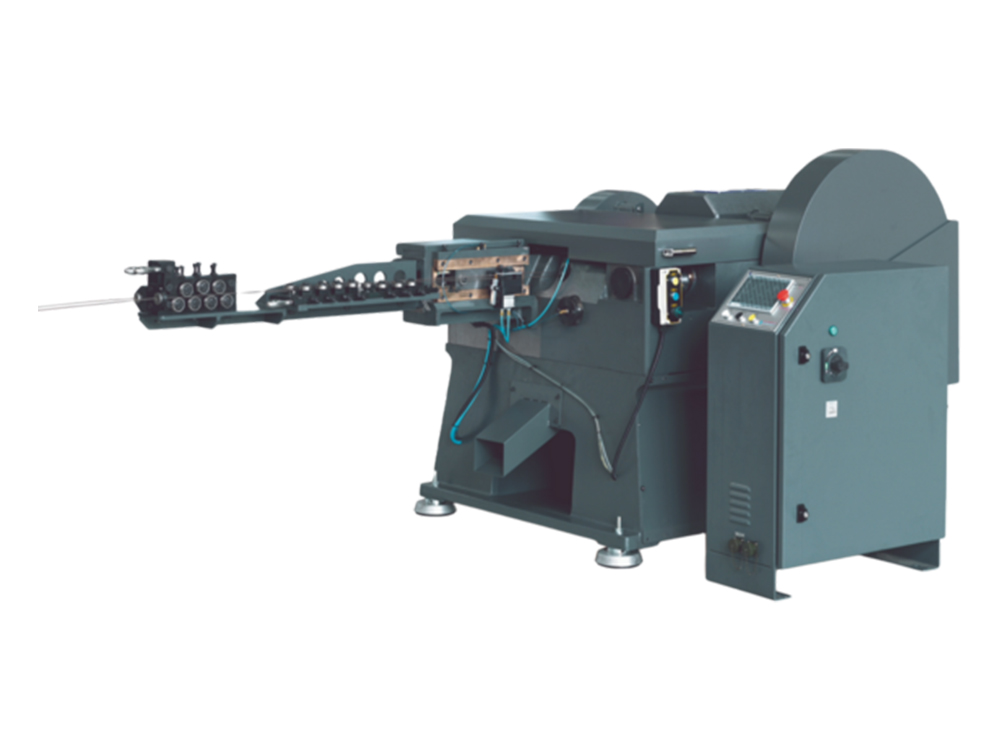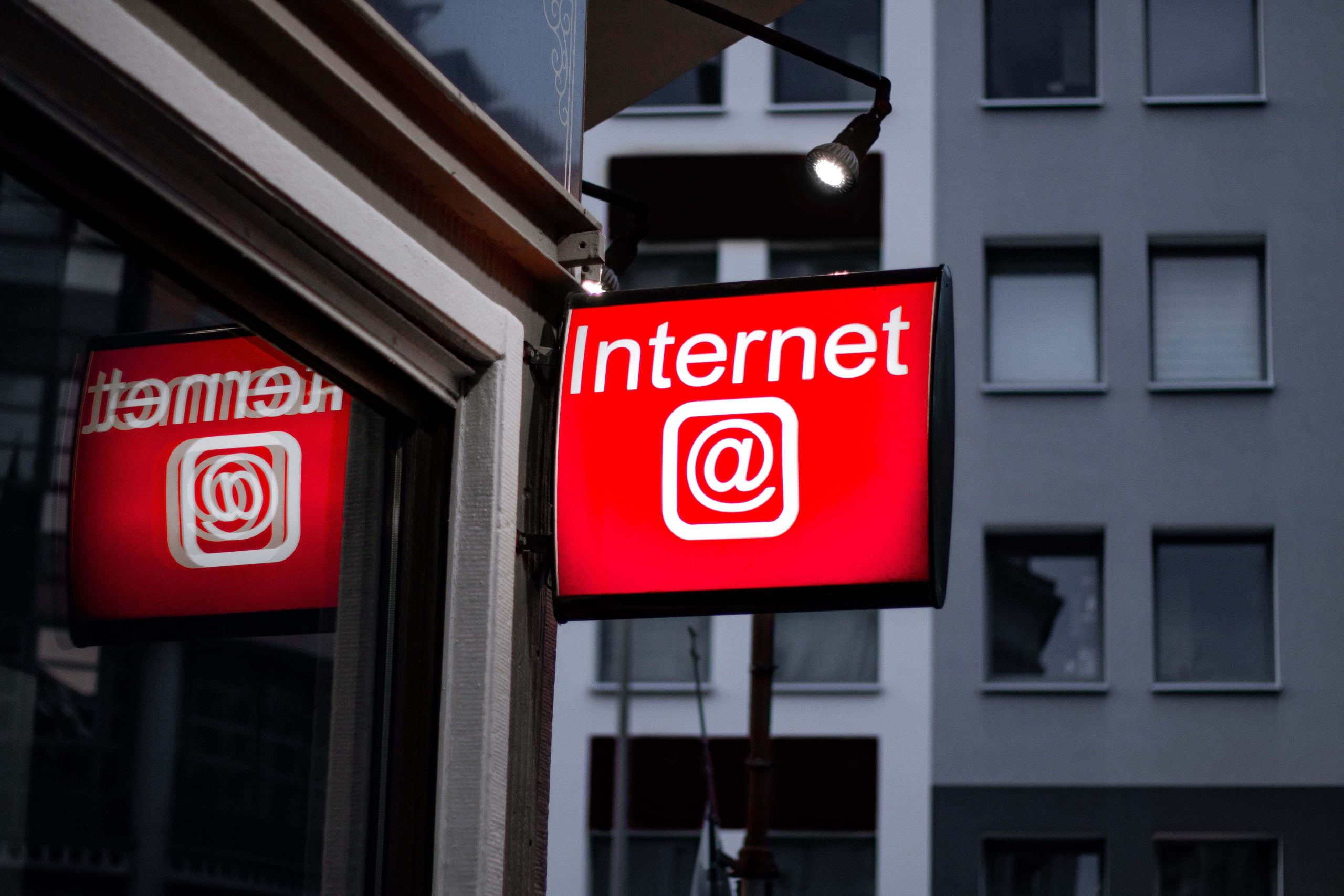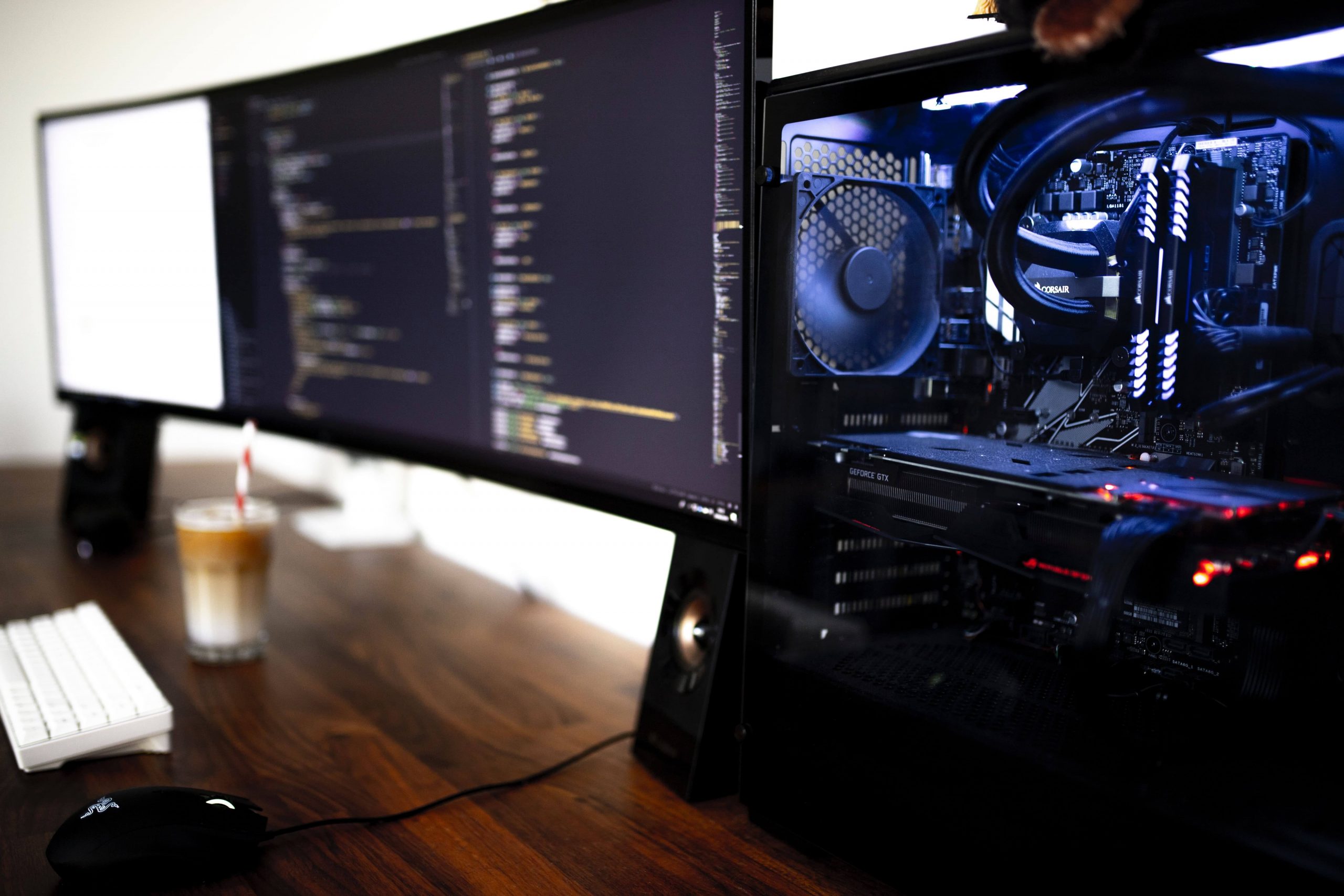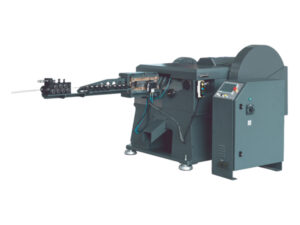Table of Contents
- Introduction to Mobile Device Management
- The Role of MDM in Enhancing Security
- Boosting Efficiency Through MDM
- Key Features of an Effective MDM System
- Implementing MDM in Your Workplace: Best Practices
- Conclusion
Introduction to Mobile Device Management
Managing mobile devices in the workplace has become essential in our increasingly digital world. Mobile Device Management (MDM) refers to the policies, practices, and tools used to oversee and secure mobile devices such as smartphones, tablets, and laptops. This strategy is vital for both security and operational efficiency in modern businesses. With the rapid adoption of mobile devices in personal and professional spaces, companies face new challenges in securing data and maintaining productivity. MDM solutions offer a streamlined approach to managing these devices, ensuring that organizational data remains protected while employees can work more flexibly and productively.
The Role of MDM in Enhancing Security
Systems for managing metadata are essential for protecting sensitive data. Companies can prevent illegal access to data by limiting device access and implementing security procedures. According to a new study, poorly managed devices are a common cause of data breaches. Resolving these issues calls for robust MDM procedures. MDM, for instance, enables IT managers to impose strict password regulations, turn on-device encryption, and remotely lock or erase stolen or lost devices. This lessens the possibility that private information will end up in the wrong hands. Furthermore, MDM solutions can minimize security concerns by guaranteeing that only authorized files and programs are accessed on work devices.
Boosting Efficiency Through MDM
Efficiency gains are another significant benefit of implementing MDM. These systems allow IT departments to configure, update, and monitor devices remotely, reducing downtime and enhancing productivity. Organizations that utilize MDM report up to a 30% increase in operational efficiency. This increase is primarily due to streamlined device management processes and reduced manual intervention. MDM solutions facilitate the seamless distribution of software updates and patches, ensuring all devices are up-to-date and secure. This negates the need for manual updates, which can be time-consuming and error-prone. Furthermore, MDM offers centralized control over device settings and configurations, allowing IT teams to troubleshoot and resolve issues remotely, minimizing employee workflow disruption.
Key Features of an Effective MDM System
- Remote management capabilities
- App distribution and updates
- Data encryption and security protocols
- Compliance monitoring and reporting
Ensuring your MDM system includes these features will maximize its benefits. Remote management capabilities allow IT teams to oversee and manage all devices from a central console, simplifying device administration. App distribution and updates ensure that all devices have the necessary tools for productivity without compromising security. Data encryption and security protocols protect sensitive information in transit and at rest, while compliance monitoring and reporting help organizations meet regulatory requirements and maintain industry standards. Selecting an MDM solution with these features provides a comprehensive approach to device management, enhancing both security and efficiency.
Implementing MDM in Your Workplace: Best Practices
Assessing your organization’s needs is the first step toward successfully implementing MDM. Choose an MDM solution that satisfies your needs, train staff on best practices, and establish clear policies. Evaluate and revise regulations frequently to keep up with emerging risks and technological advancements. Practical training is essential to guarantee that all staff members comprehend how to operate the system and abide by security standards. Involving essential stakeholders in decision-making can also promote more straightforward implementation and excellent acceptance rates. MDM rules must be updated and reviewed regularly to keep up with changing security threats and technological breakthroughs.
Conclusion
Mobile Device Management is an indispensable tool for modern workplaces. By enhancing security and boosting efficiency, MDM systems provide a robust solution to the challenges an increasingly mobile workforce poses. Assessing your needs and choosing the right MDM system is crucial to realizing these benefits. Overall, a well-implemented MDM strategy fortifies security and paves the way for a more productive and compliant work environment. Embracing MDM allows organizations to adapt to the dynamic nature of today’s work landscape, ensuring that employees and data remain secure while optimizing operational efficiency.

















